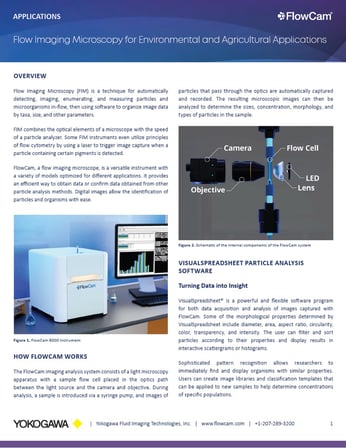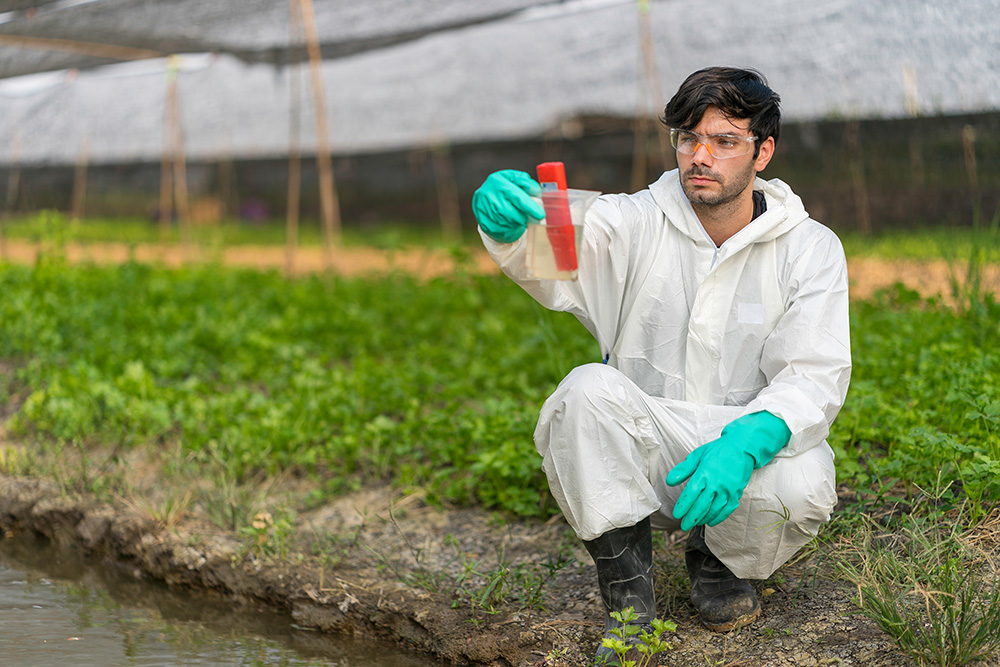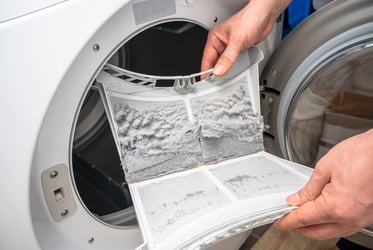Flow imaging microscopy (FIM) offers a new perspective on environmental particle analysis. With high-quality digital images, FlowCam, a flow imaging microscope, is a versatile instrument with several models optimized for different applications, including microplastic research, water quality monitoring, and soil sciences. It provides an efficient way to obtain or confirm data from other particle analysis methods. Digital images allow for the identification of particles and organisms with ease, enabling research and monitoring in various environmental and agricultural applications.
 Microplastics Characterization
Microplastics Characterization
Read about recent studies that used FlowCam to analyze microplastics in wastewater samples. The findings showed that FlowCam can discriminate microplastics based on particle-specific geometry and morphology.
Differentiation of Fiber Pollutants
Geometry can be crucial when differentiating pollutants like microplastics from other particles in a sample. FlowCam accurately analyzes fiber morphology using geodesic length, thickness, straightness, and fiber curl measurements.
Atmospheric Pollution (Aerosol Analysis)
FlowCam Nano is used to analyze particle concentration in the study of airborne pollutants suspended in aqueous solution from sources including oceans, deserts, volcanoes, transportation emissions, aviation, fire retardants, explosion disasters, and even household cooking.
Stormwater Runoff Contamination
Stormwater testing companies use FlowCam for particle analysis to separate and analyze particle types by creating statistical filters based on morphological differences in properties like aspect ratio, roughness, and intensity.
Livestock Health
FlowCam offers a robust method for fast, efficient, and accurate feedback on bovine rumen fluid's protozoan densities and population characteristics.
Crop and Soil Sciences
FlowCam applications in Agronomy include: fertilizer microencapsulation; monitoring soil microbes, mites, forest litter invertebrates and nematodes; determining seed viability and development, and analyzing pollen particles and pollen shell capsules.
Download our application note to learn the details of each application and hear about prominent scientists using FlowCam for particle count and characterization in their environmental research.











